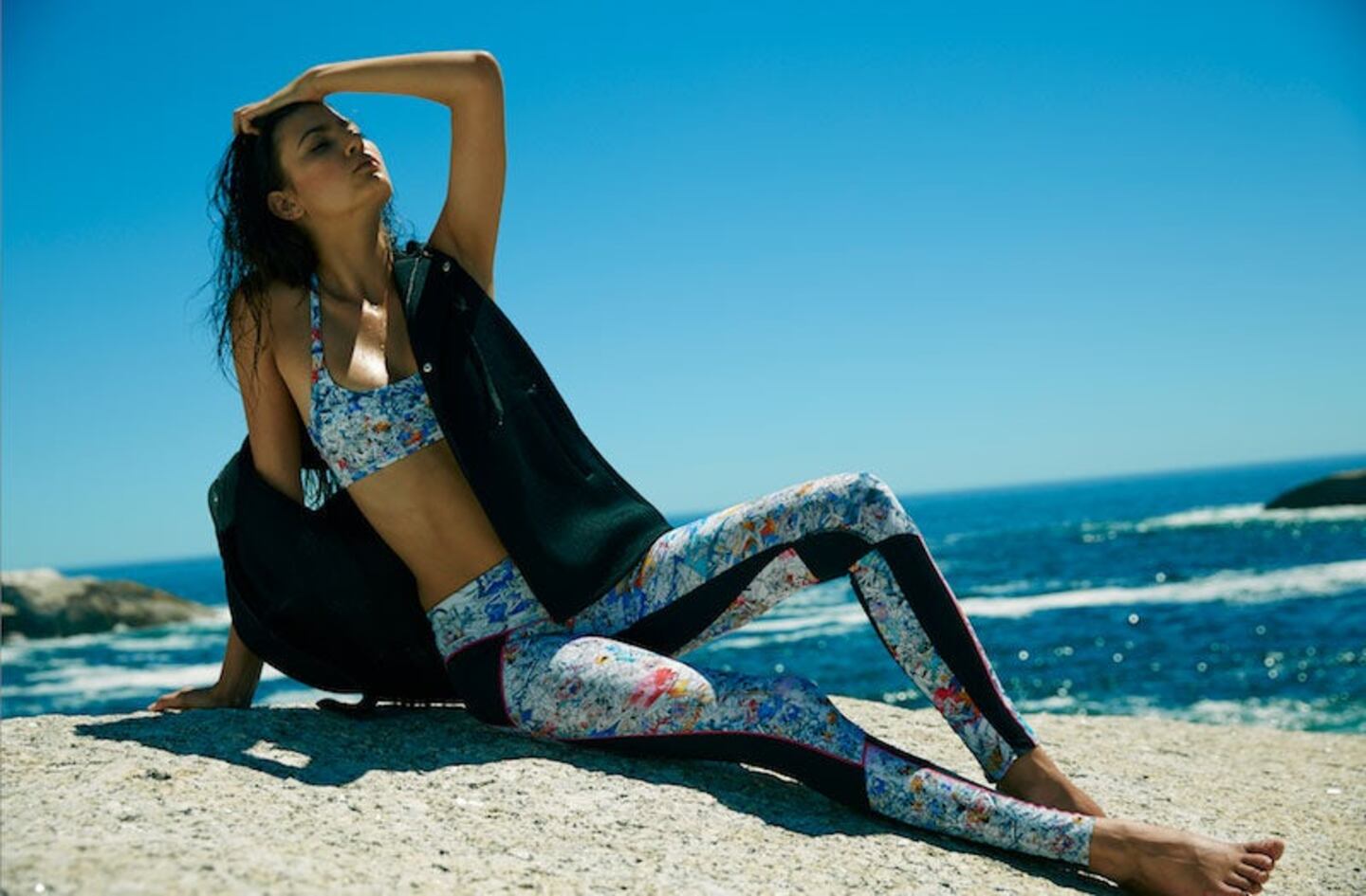
The Business of Fashion
Agenda-setting intelligence, analysis and advice for the global fashion community.

Agenda-setting intelligence, analysis and advice for the global fashion community.

Gap is certainly not the only fashion and apparel brand betting that activewear will become the next big growth category. H&M, Uniqlo and Forever 21 are on the long list of companies getting into the activewear space. But as Murphy points out, what might be most compelling — and telling — about activewear is that some of the dynamics driving the growth of the category resemble the forces that helped to build the lucrative premium denim category (jeans priced at $75 and over), now worth $1.2 billion in the US alone according to market research firm NPD Group, and an important engine of growth for a wide range of fashion brands.
Much like denim, activewear is increasingly being integrated into daily attire. Especially in North America, it’s now become acceptable — even chic — to wear leggings to work under a dress, or out to dinner with a cardigan. “From beach to street to some offices, the legging is part of the [modern] lifestyle,” said Tom Julian, a director at market research firm Doneger Group. “And just as the industry has been successful in marketing denim for the office, formal, weekend, seasons, locations… activewear makers will be able to do the same.”
Like denim before it, activewear is also experiencing the kind of "premiumisation" trend — typified by the rise of brands like Sweaty Betty and Lululemon — that gave birth to the premium jeans category. In a recent blog post, Euromonitor International apparel analyst Ashma Kunde explained the phenomenon: "Once upon a time, it could have been considered rare for anyone to pay a premium for something as basic as a pair of jeans. Now, it is not uncommon to see fashion-savvy female consumers fork out up to $200 for skinny jeans… A similar trend is picking up pace in sportswear, despite the inevitable sweat and frequent washing gym clothes are subject to. Brands like Australia's Lorna Jane, the UK's Sweaty Betty and, most famously, Canada's Lululemon have racked up cult followings selling $100 yoga pants. The emergence of even pricier brands like Lucas Hugh, where a pair of leggings can cost £225 (about $380), suggests the category is graduating into a bona fide luxury commodity. The premiumisation of both jeans and sportswear indicates that there is an overarching allure to pieces which have a high frequency of wear and can be worn on numerous occasions. A winning mix of durability, functionality and fashionability will continue to command premium prices."
So does activewear offer fashion brands the same kind of growth potential that designer denim did?
ADVERTISEMENT
"Chanel and Dior are already sending sneakers down couture runways. Yoga pants have that same allure," Kunde told BoF. "But I'm not sure if it'll match denim in terms of the number of occasions it can be worn for. Emphasising functionality alongside fashion will be key."
As new upscale activewear labels continue to pop up — from London-based Charli Cohen to New York-based Alala and Los Angeles-based Nux — fashion brands have also begun to stake their claim to the market. Tory Burch, for one, is set to launch activewear in 2015. And several other brands are considering the move. Rebecca Minkoff, which launched denim in 2013, sees potential in the activewear category. "It's something we would consider moving into," said chief executive Uri Minkoff. I look at both denim and activewear as the modern girl's streetwear. It's what she's wearing on the weekends."
But just as denim hasn’t performed for every fashion brand, neither will activewear. “They shouldn’t be doing it for the sake of being there,” said Kunde, citing Free People as an example of a brand that has successfully entered the category without losing itself. The company’s Movement range includes pieces specifically made for activities like ballet, yoga and surfing, which are in line with the brand’s relaxed ethos. “It’s in tune with Free People’s boho, free spirit vibe,” she said. “If it was about running or other intense activities, I’m not sure it would be successful.”
But the success of denim is also rooted in the sheer globalness of the product category, one of the few to transcend the boundaries of class, race, age, gender and geography — not least because of its broad cultural significance and long-term association with modernity and ease.
Whether activewear — strongly associated with healthy and active lifestyles — has similar potential to carry symbolic meaning for millions of global citizens remains to be seen. While popular in North America, the category is a much less prominent part of daily life in Asia, for example.
“Being healthy is always going to be trendy,” predicted Kunde, before adding: “It’s still in the nascent stage.”
From analysis of the global fashion and beauty industries to career and personal advice, BoF’s founder and CEO, Imran Amed, will be answering your questions on Sunday, February 18, 2024 during London Fashion Week.
The State of Fashion 2024 breaks down the 10 themes that will define the industry in the year ahead.
Imran Amed reviews the most important fashion stories of the year and shares his predictions on what this means for the industry in 2024.
After three days of inspiring talks, guests closed out BoF’s gathering for big thinkers with a black tie gala followed by an intimate performance from Rita Ora — guest starring Billy Porter.